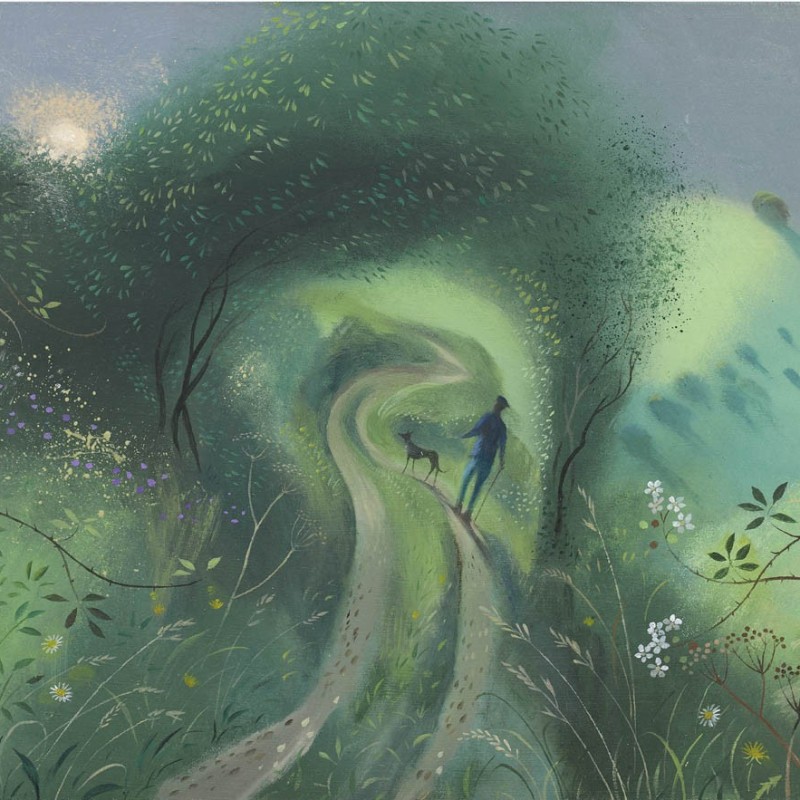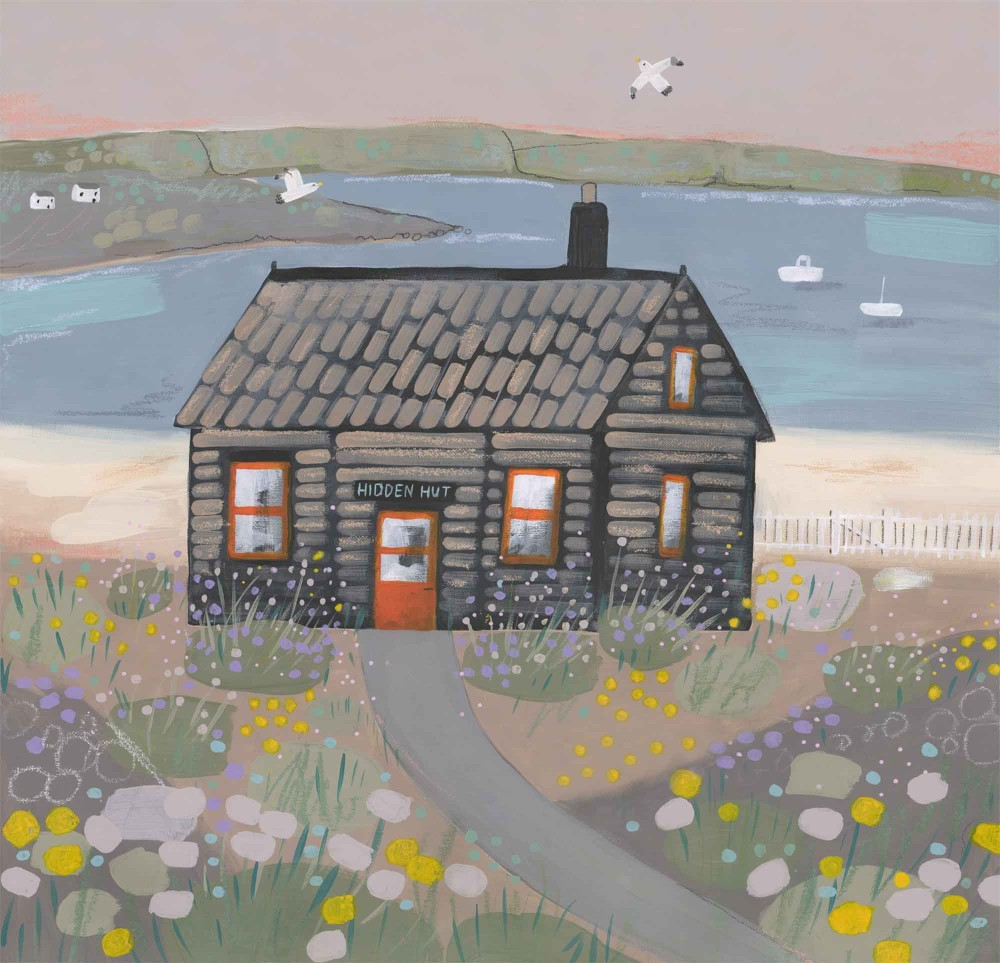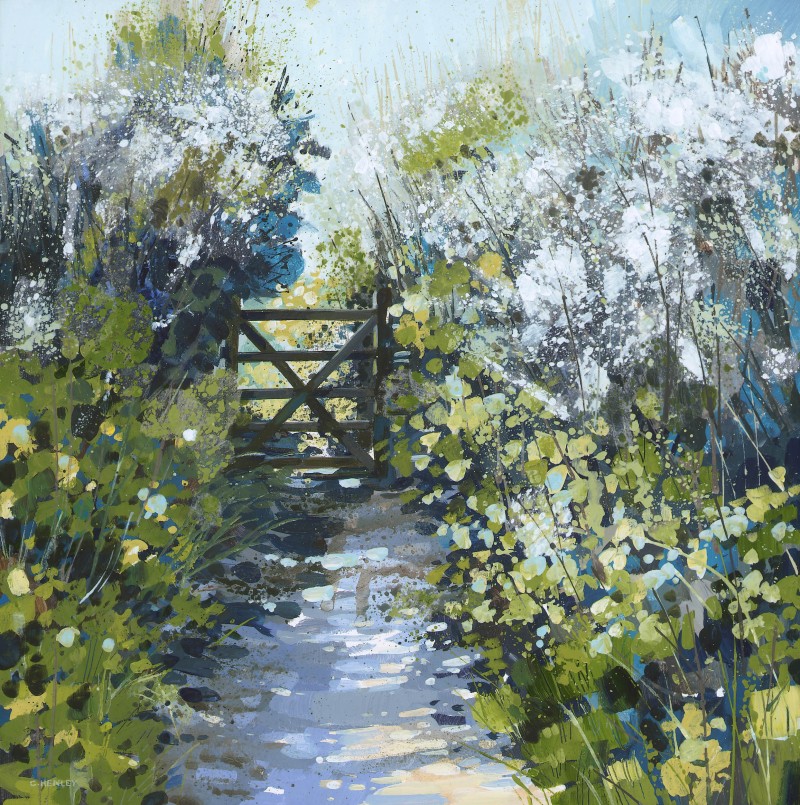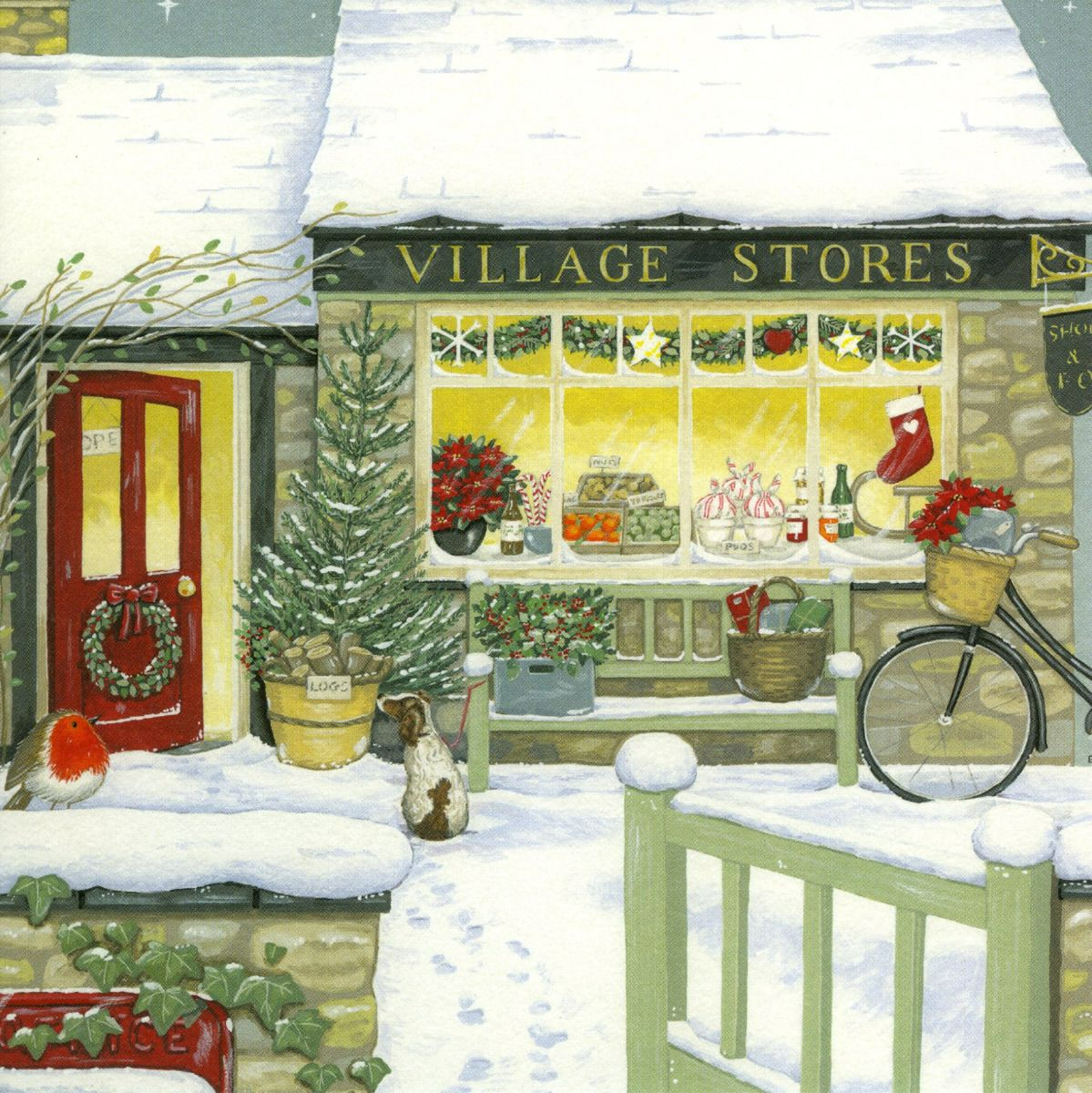
Ecological writer Satish Kumar once wrote that ‘unless you know Nature, you cannot love her’. Likewise, if we wish to protect England’s green and pleasant land, it’s important to get to know why. People who drop fast food litter, pollute our seas with oil and hunt our precious wildlife, obviously were never taught all about why our land is so beautiful and precious. So let’s get to know all of England’s green and pleasant land, on a local grassroots level!
Worcestershire is right at the heart of the West Midlands. The city of Worcester is just 30 miles from Birmingham, and even less (23 miles) from the small quiet city of Hereford. Sitting on the River Severn (and overlooked by its cathedral), this is a fairly quiet city too, surrounded by stunning countryside. Sir Edward Elgar lived most of his life here (he composed the tune of ‘Land of Hope & Glory‘ which nearly everyone is familiar with).
Redditch is a town that is mostly known for being the place where at one point, most of the world’s needles were manufactured.
Kidderminster is a market town just a few miles from the neighbouring counties of Staffordshire and Shropshire, also both in the West Midlands. Its history during the Industrial Revolution was not due to needles, but due to cloth-making.
England’s mini-version of the Himalayas!
Malvern is likely the Worcestershire town that you’ve heard of, thanks to its hills, which are so challenging that mountaineers attempting Mount Everest often use them for practice! On a clear day from the summit at Worcestershire Beacon, you can view 13 counties, three cathedrals (Worcester, Hereford and Gloucester) and even Welsh mountain peaks.
This spa town lies at the foot of the hills, which due to its natural spring water, was extremely popular in Victorian times, for people to visit to ‘take the waters’ for their health.
the home of Droitwich sea salt
One spa town you’ve also likely heard of is Droitwich, which sits on huge salt deposits, giving rise to one our best brands of sea salt. The town runs alongside the River Salwarpe (which means ‘the river that throws up salt!’) The salt here is ten times stronger than seawater (only the Dead Sea contains more, but the latter sea is dying, so campaigners ask that people don’t buy products made with it anymore, as it’s unsustainable).
you don’t need fish to make Worcestershire sauce!
This county is of course known also for Worcestershire sauce, often sold in pubs to be served alongside tomato sauce. However, the main brand contain anchovies (fish). Instead, switch to Biona (a homegrown organic brand).
It must be something in the Malvern waters, but this area is one of the most vegan-friendly in England. Not only are there many plant-based eateries like the highly-reviewed Plant Kitchen (treat yourself to a chickpea omelette or a Quiche-Me-Now!) But Our Lizzy offers popular cooking classes with the bonus of a holiday in this part of the world – ideal to walk off your culinary creations!
further reading on Worcestershire
15 Short Walks on the Malvern Hills offers easy-to-read Ordnance Survey maps and clear route descriptions if you’re new to walking or looking for a hike to enjoy with all the family. The book includes information on local beauty spots and all walks can be completed in around 3 hours. There are no walks with challenging terrain nor complicated navigation, all you need is a waterproof jacket and a pair of comfortable vegan trainers!
The Little History of Worcestshire is a nice gift book profiling thousands of years of history, in an easy-to-read guide that looks at the coal mines and iron foundries in the north of the county, the salt works of Droitwich and the needles of Redditch. You’ll also meet two brothers who travelled on the Mayflower for a new life, and three brothers involved in the Gunpowder Plot.
A History of Worcestershire explores some of England’s best-known hills (including the Malverns and Cotswolds) in a county of wide fertile valleys that are drained by several rivers, including the Severn, Avon, Teme and Stour. This illustrated and highly-readable guide gives insights into the lives of everyday people based on probate inventories and medieval monastic estate records.
is The Archers set in Worcestershire?
The Archers is one of the most popular radio programs in England, broadcasting on BBC Radio 4 since 1951. It’s now aired over 20,000 episodes and has over 5 million regular listeners, and also over 1 million Internet listeners, who become engrossed in the day-to-day lives of folks living in a rural village.
Although the village it’s set in (Ambridge) is in the fictional county of Borsetshire, some believe that the place is based on the Worcestershire village of Cutnall Green. In its heyday, the now closed railway station would ferry children nearby to school in Droitwich, on the Oxford, Worcester & Wolverhampton railway.
Underneath the Archers is a unique and interesting book by an ecological farmer (who wrote over 600 episodes), who looks at how this much-loved drama of farming life covers real events like floods, GM crops and the loss of family farms. And asks if given its huge audience, new storylines could help return us from industrial agriculture back to nature-friendly farming methods?






